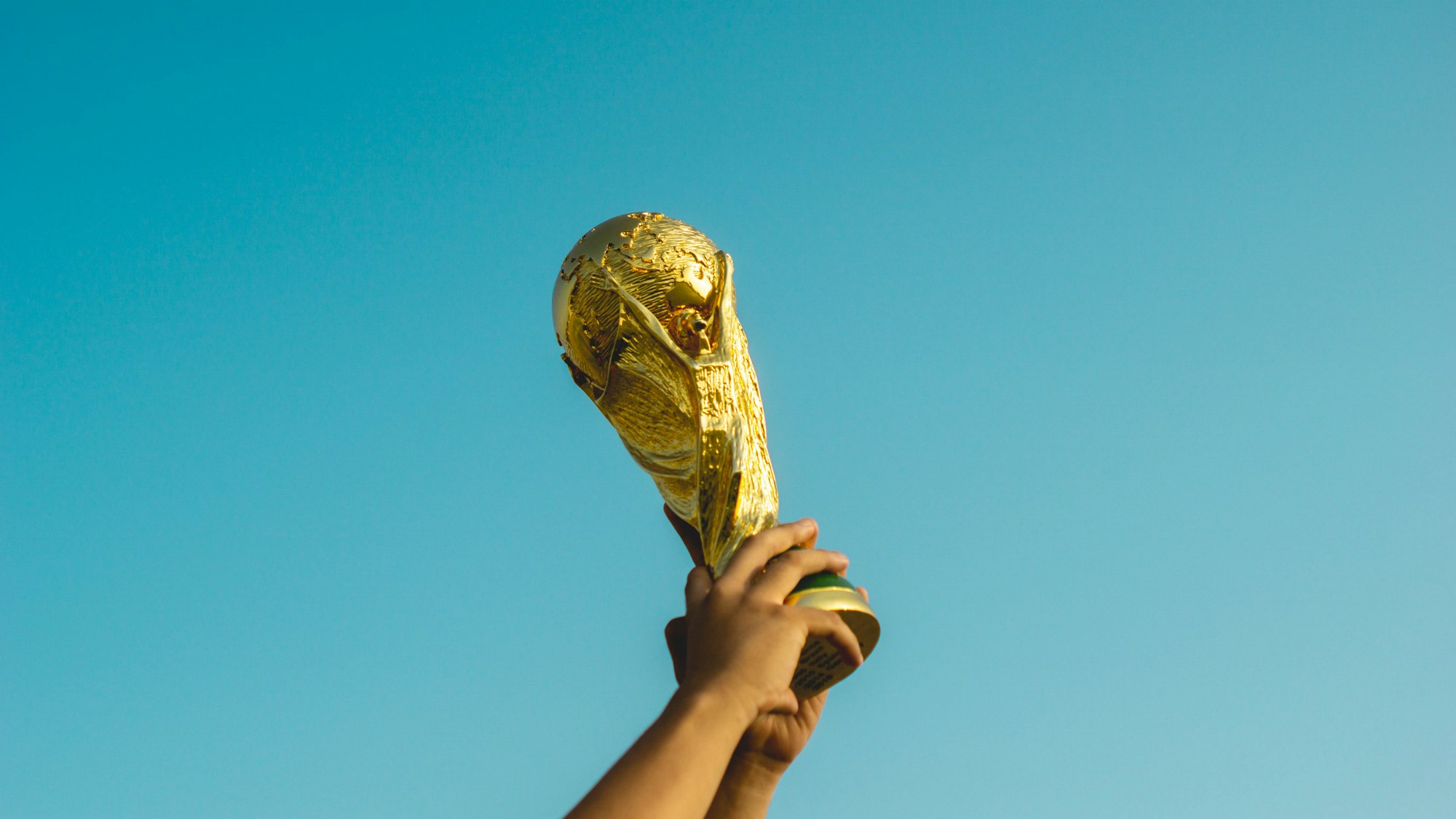Lessons from Arno Rafael Minkkinen’s Helsinki Bus Station Theory

In 2006, Arno Rafael Minkkinen gave a seemingly typical commencement address to the graduating class of the New England School of Photography in Boston.
Arno Rafael Minkkinen is a Finnish-American photographer (and knight) whose award-winning works have been exhibited worldwide. Within fine-art circles, he is best known for incredible black-and-white photos that feature his nude body (in unimaginable poses) within the natural landscape.
In the age of Photoshop, it's easy to be unimpressed with his work.
But you would swallow your indifference when you find out that all of Minkkinen's photos were done by himself, without digital manipulation, assistants, or double exposures.
To create these photos, he submerged himself in strong currents, buried himself in snow, and even hung off a cliff.


Yet, this loosely edited transcript would be his most impactful and mainstream contribution to us thus far.
If I had to pick one piece of writing I must revisit every January, it would be this essay.
(Note: Italics represent quotes from the speech and bolded parts represent my emphasis)

This essay, known as The Helsinki Bus Station Theory – invites you to visualize a bus station just across Eilel Saarinen's famous train station.
For Singaporeans and Southeast Asians, it's a bus interchange- except presumably more 'Instagram-friendly', colder and sparser.
There are twenty-four platforms in this interchange. From each of these, different bus numbers depart. For the first kilometre, the buses from the same platform take the exact same route.
Minkkinen makes the analogy, "Each bus stop represents one year in the life of a photographer, meaning the third bus stop would represent three years of photographic activity."
You pick a bus to go on- maybe you focus on making platinum prints of nudes – and set off.
Three stops later, you think that you've got an impressive portfolio.
"You take those three years of work on the nude to the Museum of Fine Art Boston, and the curator asks if you are familiar with the nudes of Irving Penn."
"You realize that what you have been doing for three years has already been done by someone with far greater fame than you have attained thus far."
With this hook, Minkkinen captures the artist's deep-seated fear that his work will be mistaken as a cheap knock-off of someone else's. In fact, I would argue that we are all hardwired with this same fear.
In this post, I would like to bring you on a tour through his essay, and share with you three crucial lessons I learnt.
Lesson 1: Make A Mark
Minkkinen begins his speech by stating the implications of the DSLR revolution.

"The digital camera, the DSLR, has become the new tool for lens-based professionals and artists almost overnight. Everywhere. We all have them now."
Yet, "the pictures have not changed. Nor have the ground rules for making them. The need for pictures that make a mark on our lives that give meaning to experience, that park themselves deep in our consciousness, the way new music often does, has never been greater; the appetite for lens-based visual culture stands above most other mediums of communication hands down."
Here, Minkkinen makes an astute observation- the tools we work with may undergo profound transformations. Still, the meaning of our vocation is derived from our imprint on other people.
But how?
Elsewhere, Minkkinen dropped this nugget of wisdom, "Art is risk made visible. The audience needs to see the risk we are willing to take to produce the Art we make. It needs to reside in the work itself, not just in an artist's statement, what is said in some lecture, or in the words of an art critic. To take an artistic risk is to aspire to originality. We risk little if what we do has already been proven."
To put 2 and 2 together – to make a mark on others, we must strive for originality. This sounds like a no-brainer. After all, who wants a meaningless and unoriginal job?
But the price of being original is to take a creative risk, to walk away from the tried-and-true formula.
Minkkinen paid the price for originality by putting himself in precarious situations, rejecting photoshop and going solo. Today, he is one of the most celebrated photographers.
If we want to make a dent in the world, we must take the risk of falling flat on our faces.
Lesson 2: Stay on the Bus

Great, I'm willing to take the risk.
What next?
It's simple: "Stay on the bus. Stay on the f**king bus."
You must override your default and hardwired fear of becoming a cheap imitation.
Why? Because if you do, you will begin to see a difference in time. The buses that move out of Helsinki stay on the same line for a while but eventually separate. Each number heads off to its unique destination. Likewise, your famous predecessors go on their own paths. Irving Penn, Ralph Gibson, and Sally Mann go their own way.
Minkkinen emphasizes what happens when your work starts to get noticed.
"Now you are working more on your own, making more of the difference between your work and what influenced it. Your vision takes off. And as the years mount up and your work begins to pile up, it won't be long before the critics become very intrigued, not just by what separates your work from the others, but by what you did when you first got started! You regain the whole bus route."
"It could be the end of your career as an artist or the end of your life for that matter, but your total output is now all there before you, the so-called early iterations, the breakthroughs, the peaks and valleys, the closing masterpieces, all with the stamp of your unique vision."
Why? Because you stayed on the bus.

Here, I want to tell you about the story of three taxi-oriented companies instead- Grab, Gojek and Uber.
In 2010, Uber revolutionized the landscape of mobility. Uber connected passengers with drivers more reliably and conveniently through a smartphone app. What started as a pilot in San Francisco became the default mode of taxi-hailing in America.
Soon after, in 2010, Gojek was founded in Indonesia. Two years later, Grab was founded in Singapore. By 2013, Uber has officially entered Southeast Asia.
In the early years, it would be easy to dismiss Gojek and Grab as rip-offs of Uber, trying to replicate Uber's success in the US. After all, all three companies operated a smartphone app facilitating taxi-hailing services.
The founders could have hopped off the ride. They neither had the war chest nor experience of Uber! But, they stuck the course.
Soon enough, their paths began to diverge.
While Grab expanded aggressively, setting up operations across Southeast Asia from the get-go, Gojek focused on strengthening its home-market advantage. Grab built an impressive mobility-on-demand service that is as reliable in Thailand as in Singapore, whilst Gojek has created a comprehensive suite of services that serves all of Indonesia. Both companies remained fiercely local and eventually pushed Uber out of their home markets.
Today, both are two of Southeast Asia's most valuable companies. Yet, if you swiped through their apps, you will see they look nothing like Uber's.
Originality is a byproduct of constant iteration and practice. The more you do, the more of you there is to go around. This lesson should empower us to remain persistent in our creativity and be fine with starting 'unoriginal'.
Austin Kleon said it best, "What a good artist understands is that nothing comes from nowhere. All creative work builds on what came before. Nothing is completely original."
Lesson 3: Be Number One (To Yourself)

You might be tempted to conclude that if you follow the formula, you will find success beyond your wildest dreams.
After all, isn't that what Minkkinen got?
Minkkinen delivers the truth,
"When we have reached the pinnacle of our careers, we will notice peaks far higher than what we have ever dreamed of, people, who have achieved much more than we ever did."
This reminds me of a Chinese idiom, "一山还比一山高, 强中自有强中手".
In English, it means, "there is always another taller mountain; even amongst the strong, there is one who is the strongest."
This is a fact of life.
· Only 11% of all NBA players won a championship.
· Less than 0.5% of books become New York Times Best Sellers.
· Only 1% of startups become unicorn firms like Uber, Airbnb, Slack, Stripe.
"God can't bless both sides of a football field anymore than she or he should bless one country over another. You can't be number one without having a number deux, tres, quatro, or funf."
How should we take stock of this fact?
Minkkinen presents us with three choices. We could rage with jealousy that we do not occupy the pinnacle. We could revel in our achievements and live with arrogance. Or, we could appreciate our work in our time here and "take in the gorgeous sweep of the panorama" before us.
The first two would result in loneliness, alienation and regret. The last option will give us peace, satisfaction and a rare humility.
We live in an age where 'zero to one' is preached as gospel truth, where we compare ourselves to the highlight reels of others; it is thus easy to frame success as binary. Either we are superstars, or we are nobodies.
But Minkkinen's lesson is instructive; we do not have to be number one in this world. We only have to be number one to ourselves.
This sounds easy in theory but much harder in practice.

Returning to the analogy of sports, I want to introduce you to one of my favourite basketball players/media personalities- Charles Barkley.
Known for his powerful and aggressive playing style on the court, as well as his outspoken personality off the court, Barkley was a force to be reckoned with in the first half of the 1990s.
He is an 11-time NBA All-Star, an Olympic Gold Medalist and an NBA Hall of Famer.
However, throughout his sixteen-year playing career, he never won a championship. The closest Chuck ever got to a championship was in 1993, when his 62-win Phoenix Suns made it to the NBA Finals.
Despite becoming the NBA's Most Valuable Player and putting up a close fight, Barkley and his Suns fell to the phenomenal Michael Jordan and his Chicago Bulls.
So when people point out his 'incomplete resume' - Barkley simply replies, 'I got my shot.' That's all you can ask for… I gave it all I had. I did the best that I could. And I sleep good at night about what I accomplished in sports."
Let us emulate Minkkinen and Barkley - to give our all and best and be number one to ourselves.
A Quick Wrap Up
Summarizing the three key lessons today:
- Make A Mark. Or at least strive to. To do great things, we must be willing to look like fools to others. "Art is risk made visible."
- Stay on The Bus. Persist in your journey. Take time to uncover your originality. When we stay the course, we develop our unique and creative voice.
- Be Number One To Yourself. You may not emerge at the top of your field, but you can be proud that you did your best. Never let comparison steal your joy.
The next time you hop on a bus, watch a bus steer past you or see different buses converge at the same bus stop, I invite you to remember that, like each bus, you too are on your own unique journey.
For more, you can find the full transcript here.